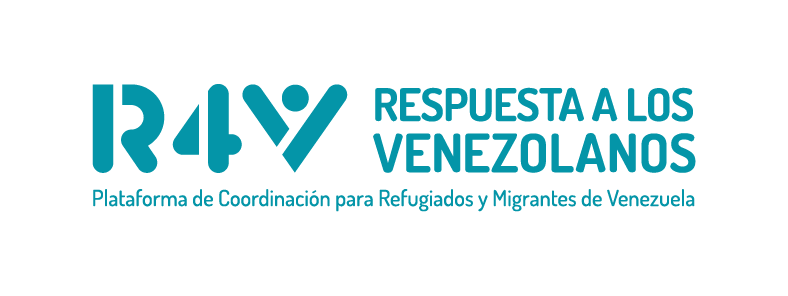
R4V: Situation Report December 2021- Southern Cone
R4V | February 17, 2022
Situation
- PAHO indicated that more than half of the countries and territories in the Americas reported increases in COVID-19 cases of 20 per cent or more from 19 to 25 December 2021, warning that increased virus circulation amid greater personal contact during holiday and vacation season in December could lead to more cases. By the end of the month, Argentina reported the largest number of new cases in Latin America and the Caribbean, with a staggering 42,000 cases reported on 29 December alone, their highest ever daily case total. Despite the surge – which experts are calling Argentina’s “third wave” of the pandemic and attributing to the community circulation of the Delta and Omicron variants of the virus – deaths and hospitalisations remain low. In Bolivia, 2021 closed with historical numbers of COVID-19 cases in the country, especially in Santa Cruz. Epidemiological week 52 (from 26 December 2021 to 1 January 2022) reported a 270 per cent increase in infections in relation to week 51, with Santa Cruz reporting an increase of 320 per cent. Hospitals were reported to be saturated and closing services due to massive contagion of staff. In Paraguay, health requirements for entering the country related to COVID-19, updated on 29 November2021, remained valid in December (health declaration form within 24 hours prior to entering the country and the presentation of a negative test result, with the exception of all travelers coming from MERCOSUR member states and special restrictions for people from some South African countries). Also, on 13 December two border crossings were fully reopened: (i) the land border crossing “Puente Ignacio de Loyola” between Clorinda (ARG) and Puerto Alberdi (PAR); and (ii) Puerto Formosa (ARG) and Puerto Alberdi (PAR) fluvial border crossing. On 29 December, Uruguay confirmed the arrival of the Omicron variant of COVID-19 after an increase in cases in recent weeks. The country of 3.4 million people also had administered 1.5 million booster vaccines by the end of the month.
- The situation at Argentina’s northwest border with Bolivia continued to show a steady flow of refugees and migrants from Venezuela arriving to the city of La Quiaca (Jujuy), where partners registered 84 entries. The La Quiaca land border will open as on 7 January 2022 for all people – the opening of the international bridge on 8 October in La Quiaca was only for residents of Quiaca and Villazon (Bolivia), as well as people who reside within 50 kilometers of the border. Meanwhile, in December partners documented four cases of denial of access to asylum and to territory of asylum-seekers from Venezuela at the northern border (3 in Puerto Iguazú / border with Paraguay and Brasil and 1 in Salvador Mazza / border with Bolivia) as 16 refugees and migrants were denied access to the asylum process even with the involvement of national defenders representing the families and high-level advocacy by R4V partners. This decision specially affected 8 children, half of them who had only birth certificates as identity documents. Provision 520/19, which established procedures for the entry of Venezuelans with expired documentation and of children with birth certificates, is currently not being applied by the national migration authrities as it is understood the Provision validity expired. According to information from Bolivia’s migration authorities, in December the number of irregular arrivals through Desaguadero (border with Peru) increased. There are no official figures due to the difficulties of estimating the irregular population. In Uruguay, during December, 98 Venezuelans requested asylum at the border (Chuy and Rivera), according to migration authorities. In Chuy, authorities reported that in November and December some 168 Venezuelans entered the country through this border point.
To download the report, click here.